Unsealed the fireplace
graywings123
9 years ago
Related Stories
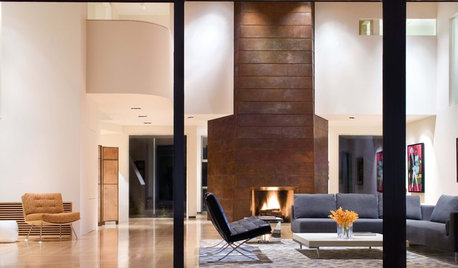
REMODELING GUIDESBask in the Glow of a Copper Fireplace
Double the warmth of your hearth with this metal's beautiful patina
Full Story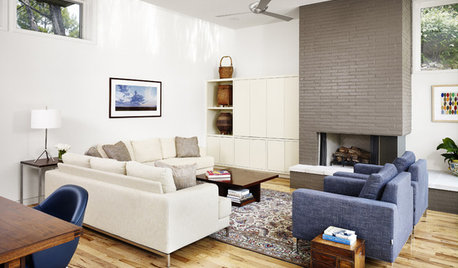
DECORATING GUIDESWhat You Need to Know Before Painting Brick
Sure, painted brick can be a great look. But you need to take some risks into account. Here's how to paint brick like a pro
Full Story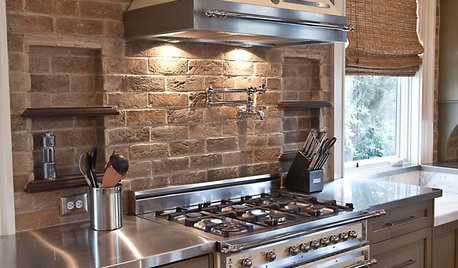
KITCHEN DESIGNYes, You Can Use Brick in the Kitchen
Quell your fears of cooking splashes, cleaning nightmares and dust with these tips from the pros
Full Story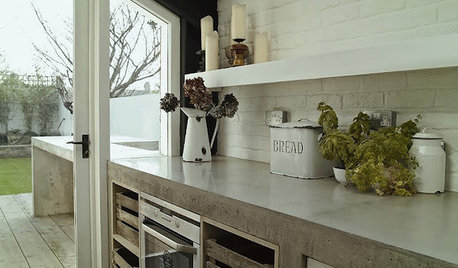
KITCHEN COUNTERTOPSKitchen Counters: Concrete, the Nearly Indestructible Option
Infinitely customizable and with an amazingly long life span, concrete countertops are an excellent option for any kitchen
Full Story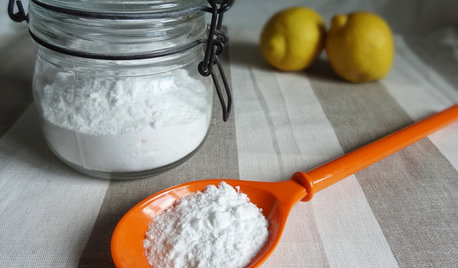
HOUSEKEEPINGBaking Soda: The Amazing All-Natural Cleanser You Already Own
Battle grime, banish odors and freshen clothes with this common nontoxic cupboard staple
Full Story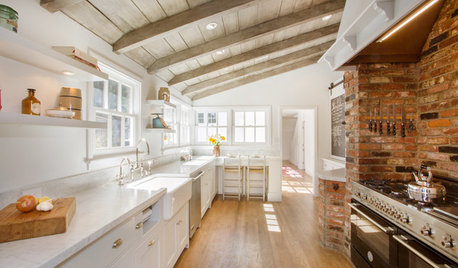
KITCHEN DESIGNKitchen of the Week: Brick, Wood and Clean White Lines
A family kitchen retains its original brick but adds an eat-in area and bright new cabinets
Full Story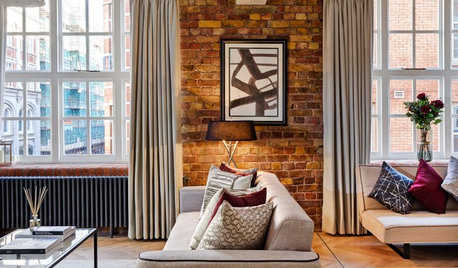
MATERIALSShow Off the Bones of Your Home With Exposed Finishes
There can be beauty in raw materials. Display them with care, and the effect is surprisingly warm and welcoming
Full Story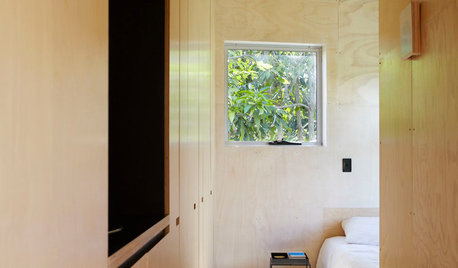
WOODDesign Workshop: Plywood as Finish
Trendproof your interior with this sensible guide to using this utilitarian material indoors
Full Story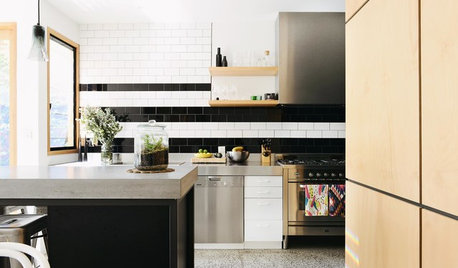
COLOR10 Pair-Ups for Black in the Kitchen
Combine black with other colors to add drama, polish and modernity. It also can make a kitchen look more spacious
Full Story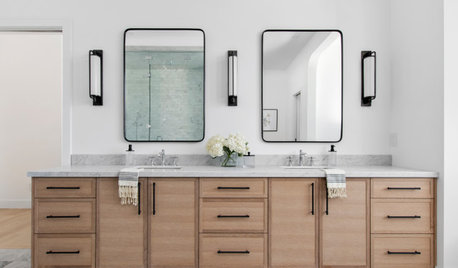
HOUSEKEEPINGHow to Clean Marble Countertops and Tile
Acidic solutions can damage your marble surfaces. Here’s how to keep marble looking clean and amazing
Full Story










jackfre
lazy_gardens
Related Professionals
Frankfort Kitchen & Bathroom Designers · Martinsburg Kitchen & Bathroom Designers · Ossining Kitchen & Bathroom Designers · Riviera Beach Kitchen & Bathroom Designers · Reedley Kitchen & Bathroom Designers · Bensenville Kitchen & Bathroom Designers · Bay Shore Kitchen & Bathroom Remodelers · Bloomingdale Kitchen & Bathroom Remodelers · Durham Kitchen & Bathroom Remodelers · Honolulu Kitchen & Bathroom Remodelers · Spokane Kitchen & Bathroom Remodelers · South Jordan Kitchen & Bathroom Remodelers · Cloverly Architects & Building Designers · Hillcrest Heights Architects & Building Designers · Schiller Park Architects & Building Designersakamainegrower
graywings123Original Author
Joseph Corlett, LLC
sombreuil_mongrel
NHBabs z4b-5a NH
NHBabs z4b-5a NH
selcier